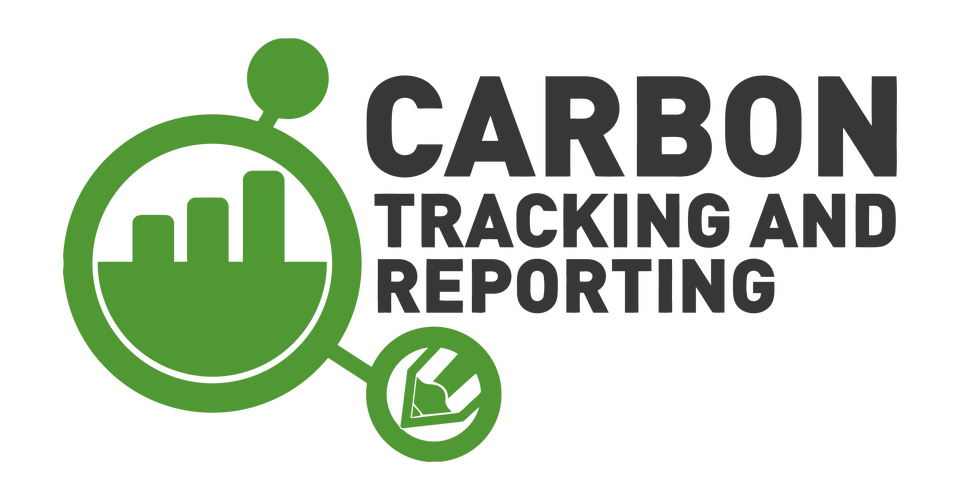There is so much to take in at a conference. Afterwards, I find it helpful to reflect on what I have learned and any actions I should take as a result. Here are the insights I obtained from this year’s Carbon Tracking and Reporting conference in Houston.
Take-away 1: Energy companies are engaged
The list of energy companies attending was impressive. Moreover, large energy and chemical companies are actively considering sustainability. Notable attendees included BP, Chevron, ConocoPhillips, Dow Chemical, Phillips 66, Murphy Oil, Occidental, among others. These leaders have plans in place for scope 1 and 2 emissions and are progressing towards scope 3 (primarily suppliers). They are also continuing to make investments in sustainable fuels. Dealing with methane emissions was also repeatedly mentioned, producers looking for and start ups working to provide solutions.
Take-away 2: Emissions should be attached to a product
Many companies are still sorting through standards and seeking direction for reporting. Scope 1, 2 and 3 breakdowns can be confusing and results in double counting, especially around scope 3 emissions. The suggestion from the panel I sat on is to eliminate Scope 1, 2 and 3 emissions completely and to use life cycle analysis (LCA) and then attach emissions to the product. This method aligns with existing accounting systems, simplifying reporting. Companies and still report on their Scope 1, 2 and 3 emissions but an approach where double-counting is involved, i.e. where two separate companies are both reporting for the same emissions does not seem to be working for the industry. The product-based approach moves the product-level emissions off of one companies balance sheet (ledger) to another companies when the product is sold/purchased.
Take-away 3: Supply chain is critical
For most attending companies, scope 3 emissions are substantial. These companies are concerned about standards and ensuring accurate information capture. Precise electronic information exchange with suppliers is crucial. While spend analysis was mentioned as the current approach, it was deemed inadequate for scope 3 reporting accuracy. Notably, scope 3 emissions are highly concentrated on a company’s top suppliers. To ensure accuracy, the recommended procurement approach is requiring suppliers to provide an LCA of their product using a standardized template. The key action is to establish an enterprise platform for LCA and define a standard for procurement.
Take-way 4: LCA as a Strategic Weapon
A standout presentation was from Tom Loar, Org Chem Group, demonstrating how his company uses LCA to showcase emissions impact to customers and differentiate products. Org Chem Group assists customers with scope 3 reporting, leveraging LCA as a strategic advantage. This example illustrates the potential of LCA as a competitive edge.
Did you attend the conference? Have other key take-aways? I am always happy to engage if you would like to share your insights from this important event.
Reach out to me here: Contact Us


